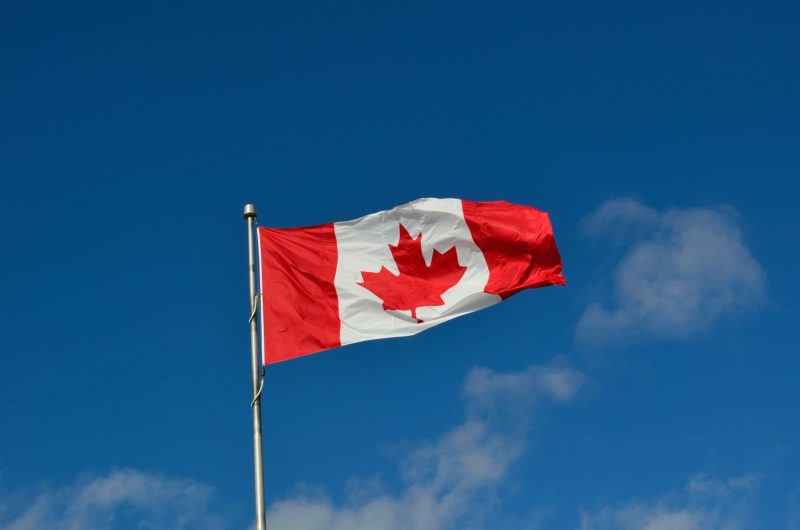UPDATE: On April 14, 2022, the Minister of Health announced that the federal government will not proceed with amendments to the Patented Medicines Regulations introducing new pharmacoeconomic factors and requiring that price and revenue information be reported net of all adjustments. The federal government will proceed with amendments establishing a new basket of comparator countries, with a coming-into-force date of July 1, 2022. For more information, see our Life Sciences Bulletin on the Minister’s announcement.
____________________________
The Patented Medicine Prices Review Board (PMPRB) has delayed the coming into force of the amended Patent Medicines Regulations to January 1, 2021.
The Regulations Amending the Patented Medicines Regulations (Additional Factors and Information Reporting Requirements) were set to come into force on July 1, 2020 and provide the PMPRB with additional price regulatory factors to assess whether the price of a patented medicine sold in Canada was “excessive”. But on June 1st, 2020, the Canadian government delayed their coming into force, citing an increased demand on the pharmaceutical industry in light of COVID-19.
Then, on June 19th, 2020, the PMPRB released its Draft Guidelines 2020. These changes were the result of extensive stakeholder feedback received during public consultations. While the new Guidelines have the same conceptual structure as those released back in November 2019, there are now some substantial quantitative changes.
In particular, in the new Draft Guidelines 2020, the thresholds for identifying high-priority drugs has changed: The PMPRB will classify new patented drugs as either high or low priority based on their anticipated financial impact. If they have a high treatment cost (now above $90,000 annually per patient) or large anticipated marketed size (now above $50M in sales) then they will be subject to a more comprehensive price review. This comprehensive review will take into consideration new additional price regulatory factors, including a drug’s pharmacoeconomic value, market size and the gross domestic product (GDP) and GDP per capita in Canada.
The Draft Guidelines are available for public comment until July 20, 2020. We have extensive experience in this area and are available for a consultation if you are interested in responding.
Learn more about our patent practice and our life sciences practice.





